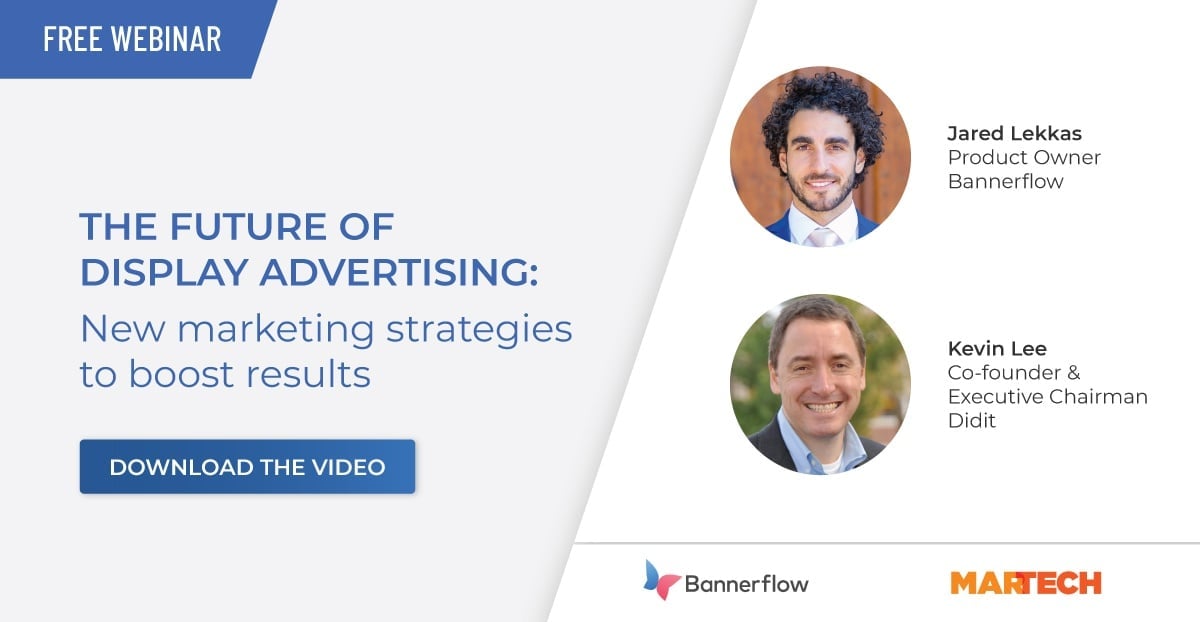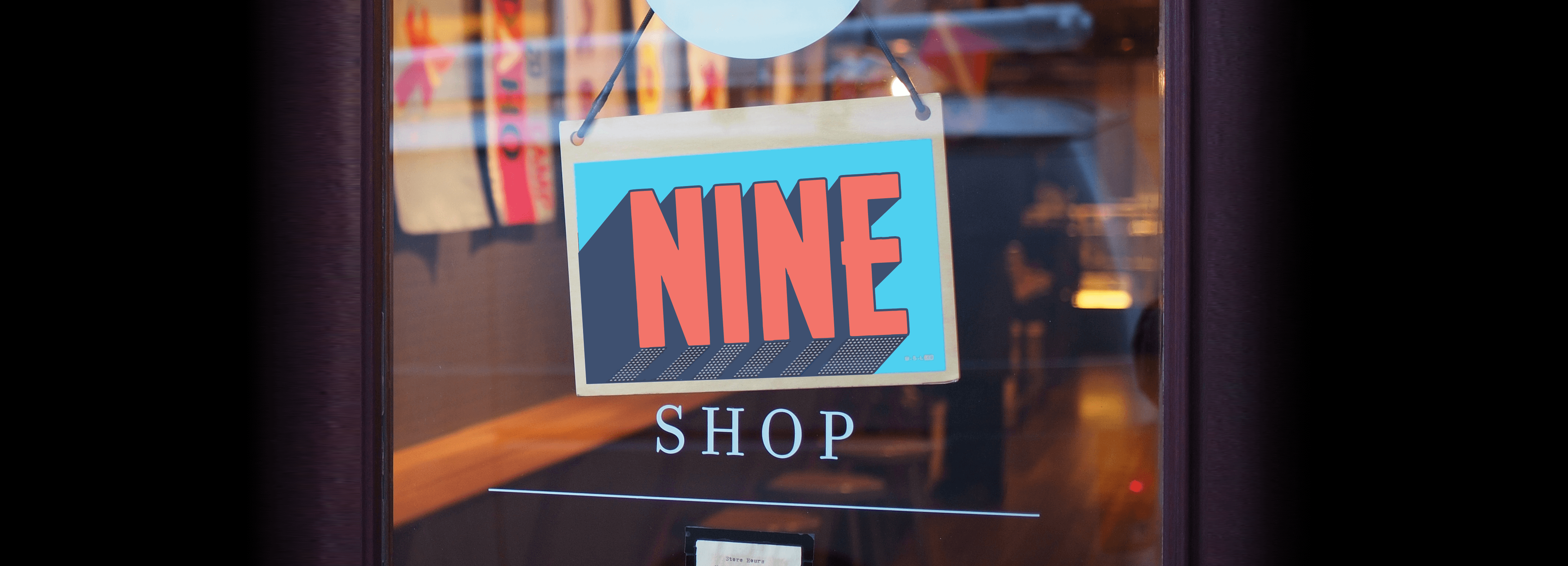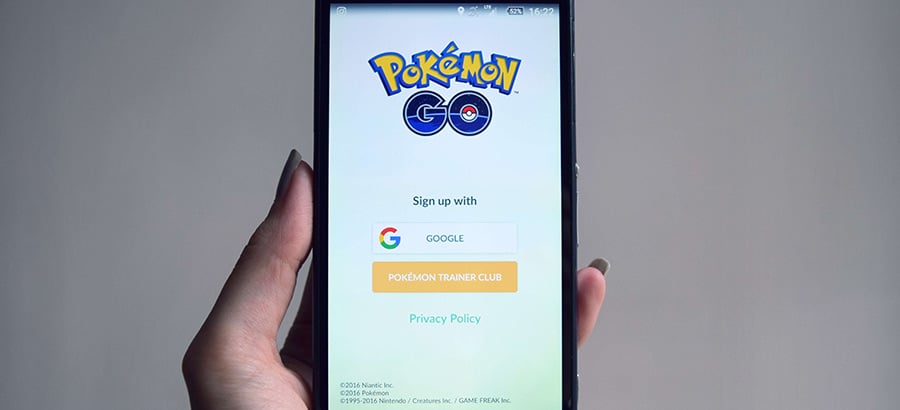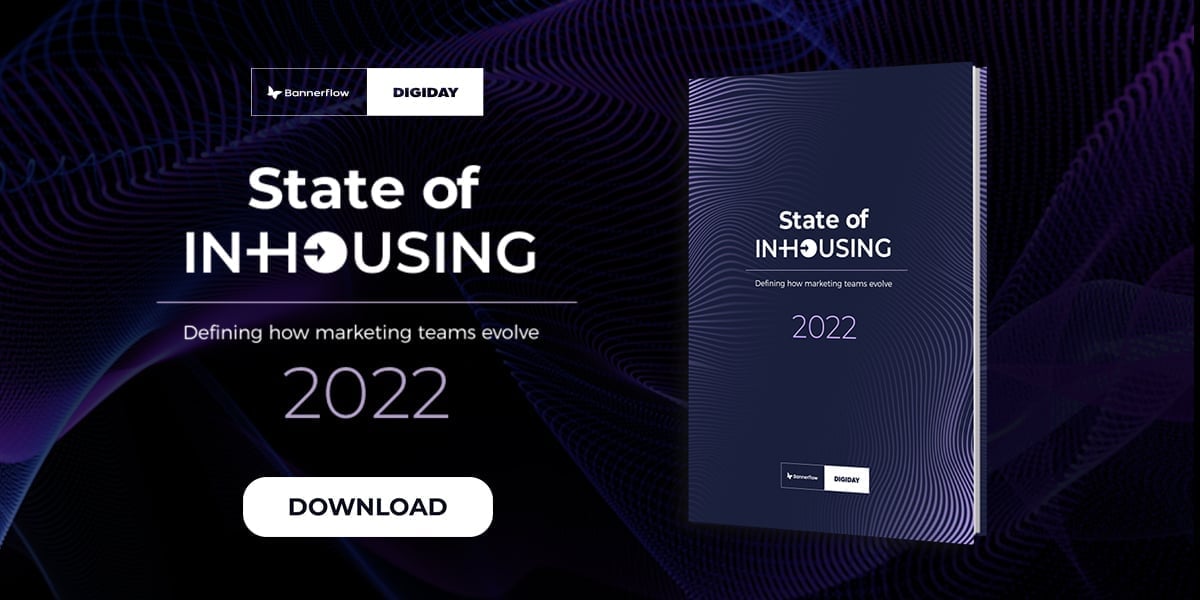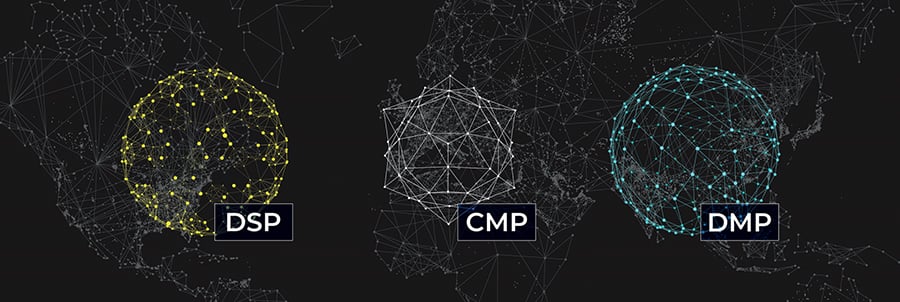Digital marketing is always evolving and moment marketing is something that has come to the fore in recent years. Certainly, it’s not enough in today’s world to run standardised campaigns that remain static. Across channels, your adverts need to take current events into consideration.
So what is moment marketing?
It emerged a few years ago as a means of connecting with viewers both online and offline. For if you create campaigns that embrace the moment and cater to current events you’re far more likely to reach your target audience.
Engage and delight with moment marketing
As mentioned, digital marketing of old was characterised by clunky, standardised campaigns. Hindered by outdated and tedious processes, marketing managers couldn’t get their head above water long enough to even consider event-oriented, agile campaigns. Until now.
With new technologies, adverts can be relevant to consumers when aligned with current events. Which is why moment marketing is such a dominant feature of modern campaigns.
The FIFA World Cup 2018 proved an excellent showcase for moment marketing. Adidas, just being one brand to use the event to their advantage. They not only created a successful video campaign, they also designed a series of GIFs for social media – all centred around the tournament. They not only captured the attention of football fans; with their cross-industry selection of celebrities, they managed to broaden their appeal beyond that.
The marketing calendar of today offers plenty of opportunities. From shopping days to the numerous events in the lead up to Christmas – any B2C company would be negligent to ignore these dates with standardised campaigns.
Be creative. May 4th (better known as May the Force), presents a more humorous platform – anything and everything can be an excuse to engage and delight. Although we think Rolls-Royce missed the mark on this one…
Micro-moment marketing and snippets
In 2018, it’s not enough to simply moment market. Moment marketing also encompasses ‘micro-moments’ too.
Your print and social campaign may centre around the Ghostbusters movie, but you also need to be present when your target audience asks what flavour twinkie is related to the film (if you’re in the business of addictive American confectionary that is).
The reality is that in the age of the mobile, moment marketing is necessary to capture your audience’s attention. In those short 30 seconds bursts when they’re asking for advice or for a recommendation, your brand can provide the answers.
Featured snippets are one solution. You’ve probably seen them when you searched for ‘How to tell if a girl likes you?’ or ‘What are the best ways to get over a girl after she rejects you?’ Typically snippets capture 8.6% of all clicks so they’re worth investing the time in.
If you can feature as the snippet for questions relating to your product, you have a captive audience. Hubspot research shows that click-through rates are 2x higher if your article has a snippet. If you really want to succeed at micro-moment marketing then snippets are the best way to do that.
Tip: Read here for advice on how you can get your content as a featured snippet. Or here, for ways of coping with rejection.
Omni-channel marketing
Omni-channel or cross-channel is one of the hip and trendy words of modern marketing (yes I said it, trendy and hip). It’s about making the most relevant campaign but the best campaigns also operate across all devices.
An excellent example is the recent Coca-Cola campaign ‘Zero Racism’ in support of the Swedish footballer Durmaz in the FIFA World Cup. The brand reacted quickly to amend a pre-existing campaign after the #backadurmaz and #viärsverige hashtags went viral on social media. The campaign spanned across platforms both online and offline and support for the initiative was overwhelming. Now, your brand might not have the budget of Coca-Cola, but they can certainly adopt their agile philosophy across channels.
Today, consumers use an average of almost six touch-points with nearly 50% regularly using more than four. If you can present your message from DOOH to mobile in one, you’re far more likely to convert. Better yet, make it something relevant and engaging and you’ll see a greater return on investment (ROI).
E-commerce, travel, and iGaming, how do they do it?
So how can different industries adjust their strategies to include moment or micro-moment marketing?
E-commerce is probably one of the industries best placed to take advantage; with micro-moments in particular. Do your research on the how’s, why’s, and what’s of what people are looking for relating to your product for a successful strategy. For instance, in the automotive industry, some of the most popular searches are those relating to the cost of luxury cars.
There are possibilities outside of search for micro-moment marketing too. The popular UK reality TV show Love Island 2018 featured drama, tears, and tantrums. But perhaps what the show should really be famous for was how brands took advantage of marketing opportunities. Particularly Missguided, the clothing brand used in-app advertising to match what viewers were seeing directly with their shopping baskets; creating a seamless journey from want to purchase.
The travel industry has witnessed considerable success with moment marketing too. Red Roof Inn is a great example of how to harness micro moments: they would trigger targeted search ads for their hotels near airports, often taking advantage of delayed or cancelled flights. The outcome? A 60% increase in bookings across search campaigns.
And you cannot exaggerate the importance of moment marketing for iGaming. Our recent study on display advertising data during the FIFA World Cup shows that both impressions and clicks rose significantly during the tournament. Relevant advertising works kids.
The opportunities are endless for each industry, show initiative in your adverts from search through to in-app and you can significantly increase conversion.
Conclusion
Moment marketing isn’t exactly a new phenomenon but many campaigns still fail to implement it. However as we have proved, relevant ads are not only captivating – they also convert.
Take into account current events, see opportunities in trending conversations, and make sure you’re the first stop for every question relating to your product and you’ll see your return on investment soar.
Many marketing teams are moving in-house, and with adtech making agile working a reality, we expect to see far more hyper-relevant campaigns in the future.
Contact us to find out more about how our creative management platform can help you achieve this.

